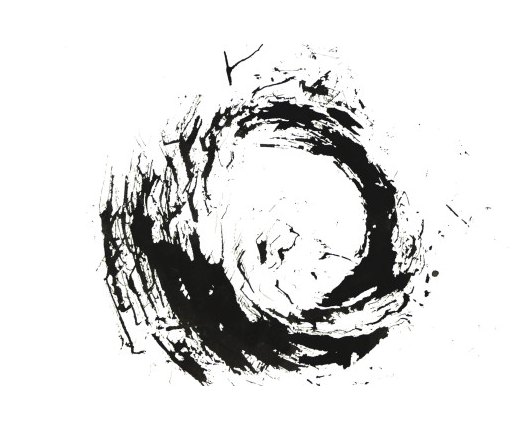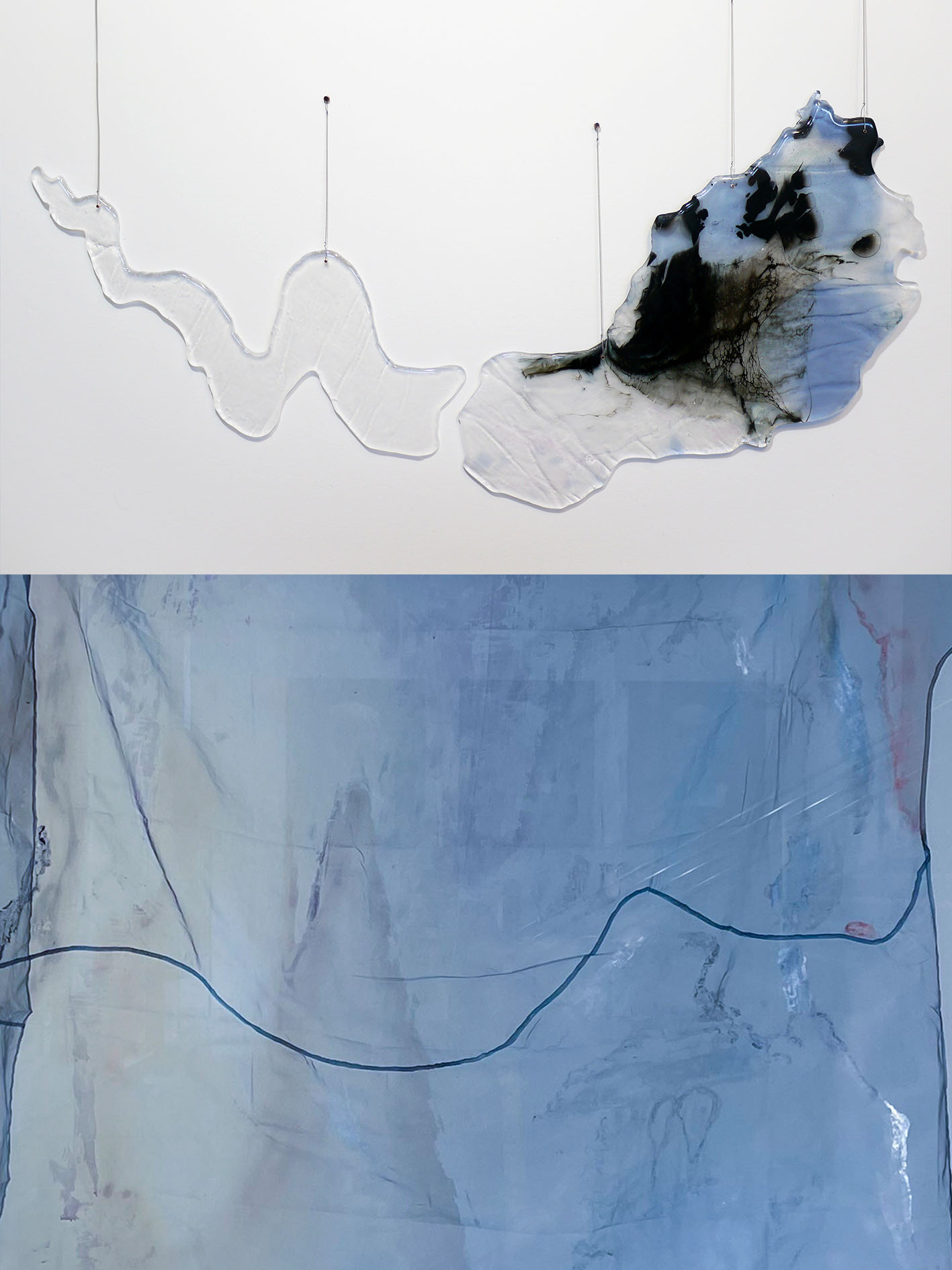Critical Mass | RAMP Gallery

Critical Mass | 17 Oct - 14 Nov | RAMP Gallery, Collingwood St, Kirikiriroa - Hamilton
'A group exhibition placing environmental challenges at its centre. Eight artists from across Aotearoa respond through diverse voices and mediums, each offering their own perspective on our shared ecological future.'
Curated by Megan Lyon & Julia Christey
Hollie Tawhiao / James Ormsby / Jonathan Kay / Judith Lawson / Julia Christey / Kent Macpherson / Lisa Bate / Ruth Friedlander
Through Currents | Lisa Bate & Monique Barnett

Opening Saturday 18 October 10.30am
The New Zealand Steel Gallery | Franklin Arts Centre | 12 Massey Ave Pukekohe - Auckland
Exhibition runs 18 October - 29 November
Gallery hours - Monday to Friday 9.30am - 4.30pm & Saturday 9.30am - 2.30pm
Through Currents brings together two artists whose practices engage with contemporary issues related to waters. Lisa Bate’s art glass is grounded in site-specific local waterways and how humans interact with and influence these natural spaces. Monique Barnett explores water as a metaphor for the human condition—fluid, shifting, and interconnected, reflecting on what it means to understand ourselves as bodies of water, through painting and collage.
Bate and Barnett both employ materials that explore their investigations of water in uniquely evocative ways. Their work highlights our interconnectedness and the dynamic effects on life that flows on from our relationship to waters.
Free Events & Workshops
Introduction to Plaster Carving and Clay Embossing
Saturday 25 October | 10am - 4pm
(Free drop in workshop - as part of the Franklin Arts Trail) Create a haiku, poem or drawing relating to waterbodies to carve onto a plaster tile. Clay is rolled on top picking up details for an embossed effect. Small fee if you would like your clay tile kiln fired.
Coffee & Kōrero - Joint Artist Talk
Friday 21 November 10.30am
The Beautiful World of Microscopic Freshwater Ecosystems
Saturday 8 November 10.30am
Through fieldwork, microscopy, and creative interpretation, Chloe Senn will share how counting bugs can help protect our waterways, and how beauty can be found in even the smallest of lives.
R.T Nelson Awards for Sculpture 2025

Delighted to have my glass work selected for the 2025 RT Nelson Awards for Sculpture. Many thanks to the esteemed judging panel art dealer Hamish McKay and contemporary jeweller Karl Fritsch.
The 32 finalists will be exhibited at the 2025 NZ Art Show, at Wellington’s TSB Arena May 29 - 1June.
'These awards spotlight the diversity and mastery of New Zealand sculpture, offering sculptors the chance to push boundaries and connect with audiences.'
Gather | 2025 Members Exhibition

New Zealand Glassworks, 2 Rutland Street, Whanganui
1 February - 30 March 2025
WEIRD SCIENCE | A Glass Exhibition

WEIRD SCIENCE - A Glass Exhibition | 30 January - 23 March
UTOPIA Studio & Art Gallery - 68e Guyton Street, Whanganui